Robert Morat
Guest-Room
Guest Room is a monthly online exhibition with open submissions curated in real-time by personalities from the international photography scene.

Lesley A. Martin
Curator - January 2016
Lesley A. Martin is the creative director, Aperture Foundation, and publisher of »The PhotoBook Review«. She has curated exhibitions that have traveled both nationally and internationally, including »The Ubiquitous Image« and »Aperture Remix«, a commission-based exhibition celebrating Aperture’s sixtieth anniversary; she has also edited more than eighty-five photobooks, including Rinko Kawauchi’s »Illuminance«, LaToya Ruby Frazier’s »The Notion of Family«, and forthcoming books by Richard Misrach and Gregory Crewdson. In addition to her work on »The Chinese Photobook«, she was a contributing editor to »Japanese Photobooks of the 1960s and ’70s« and »The Latin American Photobook«. Her writing on photography has been published in Aperture, FOAM, Ojo de Pez, and Lay Flat among other publications. In 2011, she cofounded the Paris Photo–Aperture Foundation PhotoBook Awards. She currently teaches a graduate course on photobooks at the Yale University School of Art.
Selection by Lesley A. Martin
Fernando Maselli Brenta Massif, Italian Alps, 2014
Salvatore Vitale The Moon Was Broken, 2014
Anastasia Davis Untitled (light), Pittsburgh, Pa, 2014
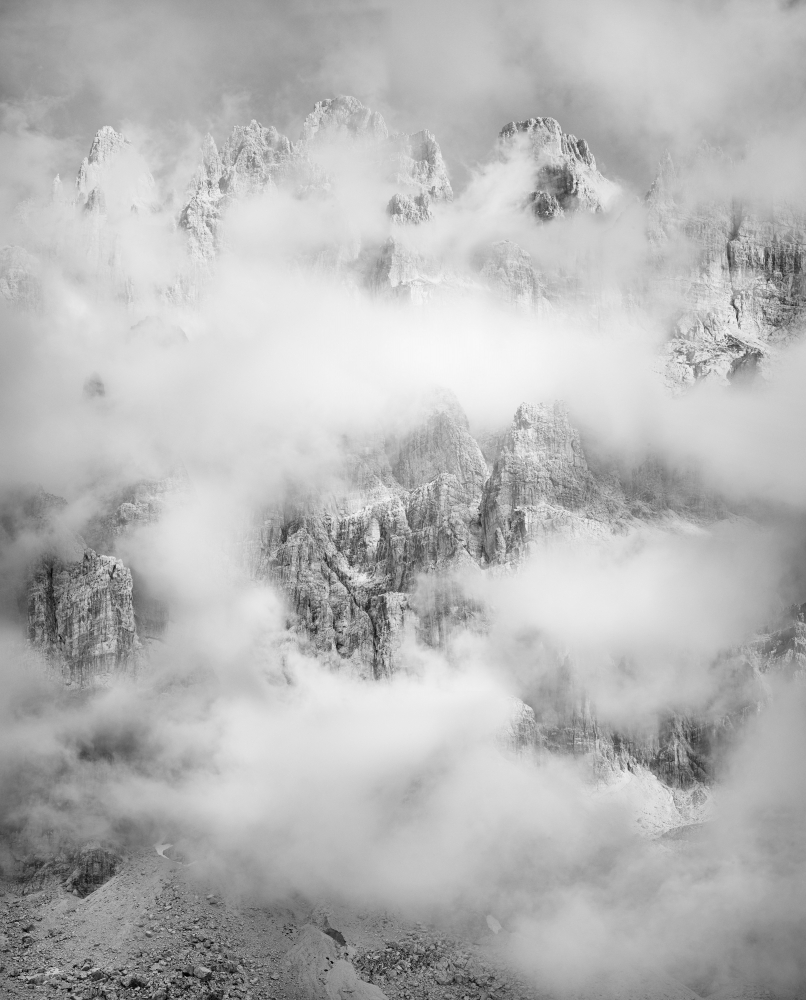
1/3 Fernando Maselli Brenta Massif, Italian Alps, 2014

2/3 Salvatore Vitale The Moon Was Broken, 2014

3/3 Anastasia Davis Untitled (light), Pittsburgh, Pa, 2014
Many thanks to Simon Karlstetter and Der Greif for the invitation to play, and of course to all the photographers who entered!
Daniel Reuter Untitled 8 (from Circle, Square), Undisclosed, 2015
Gundula Blumi Untitled, Berlin, 2014

1/2 Daniel Reuter Untitled 8 (from Circle, Square), Undisclosed, 2015

2/2 Gundula Blumi Untitled, Berlin, 2014
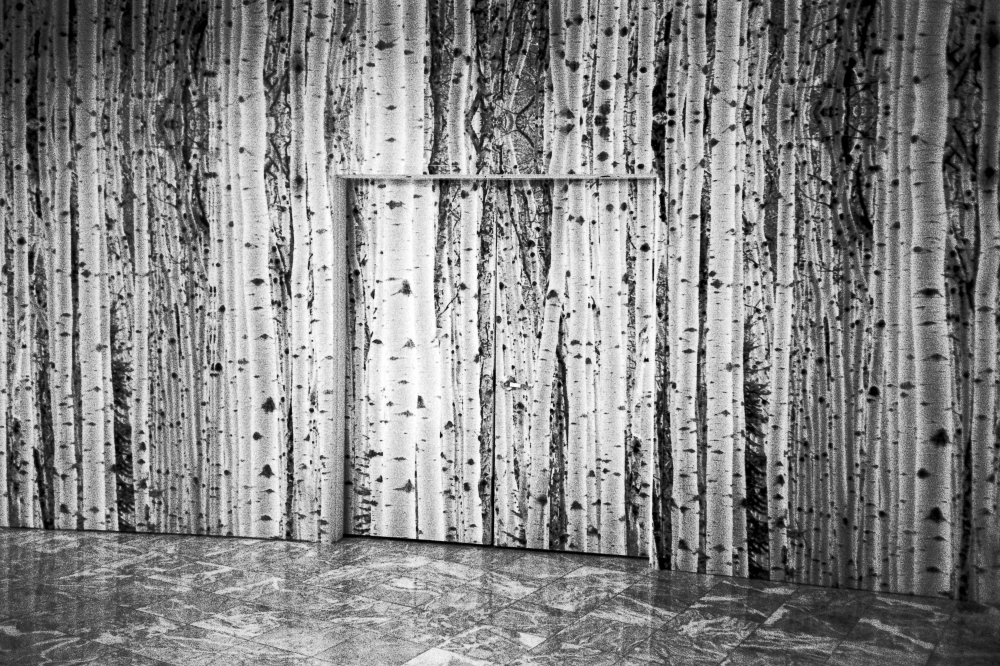
Satoshi Tsuchiyama Untitled, the door from the Reversed Map, New York, 2015
So I’ve extended my stay Chez Der Greif by just a few days, not quite ready to get out of the sandbox of images so kindly provided for me here. I’m going to wrap this all up with a few images that play with that moment of dismissal and the suspension of reality. These are reality-based, but not entirely real. Reality transformed via studio and via film and lens; reality transformed via algorithm; reality moving in very different directions and from equally divergent starting points… Call them the »In Between«… And yes, you could easily argue that any of the images in the past few weeks fit into this conveniently vague, expansive category. There is, nonetheless, a through-line here, which has to do with the fact that each of these images, despite operating as they do within their own universes of aesthetic intention, have been transportive to me in some way. In fact, let’s forget about categorizing the images and let’s just put a name to my response to them. Call me, »The Transported.«
Maxime Taillez Lac d'Emosson, 2015
Ben Alper Rock Face, North Carolina, 2015
Benoit Chailleux Rock 2012 04 001, Batz-sur-mer, 2012

1/3 Maxime Taillez Lac d'Emosson, 2015

2/3 Ben Alper Rock Face, North Carolina, 2015

3/3 Benoit Chailleux Rock 2012 04 001, Batz-sur-mer, 2012
Of course, the images selected in this suite of pictures are a particular slice of “the real.” The lyrical, poeticized edge of it, reflecting something that Jean Beaudrillard described as follows: “The miracle of photography, of its so-called objective image, is that it reveals a radically non-objective world. … Against meaning and its aesthetic, the subversive function of the image is to discover literality in the object (the photographic image, itself an expression of literality, becomes the magical operator of reality’s disappearance).” Not that Baudrillard is entirely sanguine about this process: “In a sense, the photographic image materially translates the absence of reality which ‘is so obvious and so easily accepted because we already have the feeling that nothing is real,’ ” he cautions (quoting Borges). “To be an image, there has to be a moment of becoming which can only happen when the rowdy proceedings of the world are suspended and dismissed for good.” It’s clear to me that we’re still somewhat in mourning for a cut-and-dry world—in so many ways, but speaking here, photographically. Baudrilliard, again: “One may dream of a heroic age of photography when it still was a black box (a camera obscura) and not the transparent and interactive space that it has become.” But this would be a mistake.
Shane Rocheleau Site of the Death of Edward Jones, Petersburg, Virginia, Usa, 2014
Masha Kharitonova abh, Georgia, 2015

1/2 Shane Rocheleau Site of the Death of Edward Jones, Petersburg, Virginia, Usa, 2014

2/2 Masha Kharitonova abh, Georgia, 2015
Sarah Hermans Untitled, Zutendaal, Belgium, 2014
Anke Duensing late summer, Leipzig, 2015
Shane Rocheleau Ja'Quan, Petersburg, Virginia, Usa, 2015

1/3 Sarah Hermans Untitled, Zutendaal, Belgium, 2014

2/3 Anke Duensing late summer, Leipzig, 2015

3/3 Shane Rocheleau Ja'Quan, Petersburg, Virginia, Usa, 2015
Stefano Marchionini Untitled, from the series "Regrets", 2015
Daro Sulakauri From a photo series "Deprived of Adolescence", Georgia Republic, Atchara Region., 2015

1/2 Stefano Marchionini Untitled, from the series "Regrets", 2015

2/2 Daro Sulakauri From a photo series "Deprived of Adolescence", Georgia Republic, Atchara Region., 2015
Giovanni Cocco DISPLACEMENT - NEW TOWN NON TOWN, L'aquila - Italy, 2015
Hannah Herzberg Sonja, Berlin, 2015
Giovanni Cocco DISPLACEMENT - NEW TOWN NON TOWN, L'aquila - Italy, 2015

1/3 Giovanni Cocco DISPLACEMENT - NEW TOWN NON TOWN, L'aquila - Italy, 2015

2/3 Hannah Herzberg Sonja, Berlin, 2015

3/3 Giovanni Cocco DISPLACEMENT - NEW TOWN NON TOWN, L'aquila - Italy, 2015
Salvatore Vitale The Moon Was Broken, 2015
Dante Busquets Nitroglicerina, Calama, Chile., 2014
Dante Busquets Silvanita, Salar De Uyuni, Bolivia., 2013

1/3 Salvatore Vitale The Moon Was Broken, 2015

2/3 Dante Busquets Nitroglicerina, Calama, Chile., 2014
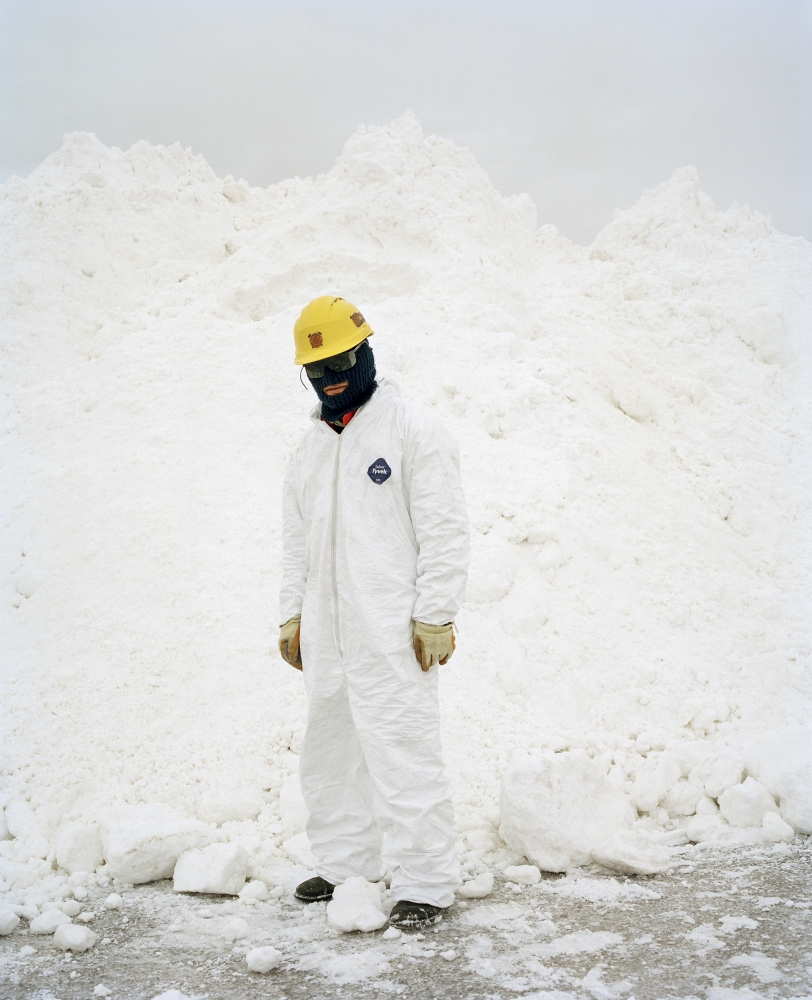
3/3 Dante Busquets Silvanita, Salar De Uyuni, Bolivia., 2013
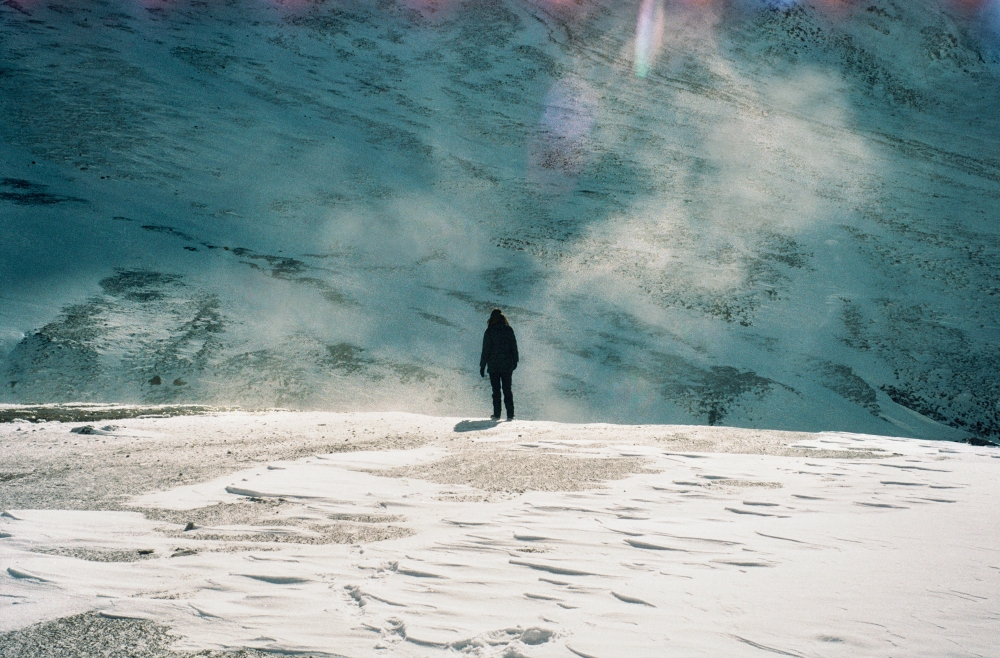
Ning Kai The Land Between Us, explorer, Qinghai Province, China, 2015
But let’s go back to the idea of the real for a moment. The fulcrum point on which photography perpetually balances, this is an idea accompanied by strongly partisan champions on either side, all of whom stand at the ready to defend their chosen perspective. Observational photography continues to astound and beguile, without doubt. Could this be attributable, in part, to the fact that the boundaries between that which we perceive as real and that which we accept as fiction are so porous, and increasingly, thin? Maybe it’s enough to leave this as the leading question for this next thematic category, which I have, for the sake of shorthand, called… »The Real.«
Vafa Bodaghi Veronika Albrandt Untitled, Iran/iraq/kurdistan/germany, 2015
Sara Lamens Hiding in Utopia, 2015
Vafa Bodaghi Veronika Albrandt Untitled, Iran/iraq/kurdistan/germany, 2015

1/3 Vafa Bodaghi Veronika Albrandt Untitled, Iran/iraq/kurdistan/germany, 2015

2/3 Sara Lamens Hiding in Utopia, 2015

3/3 Vafa Bodaghi Veronika Albrandt Untitled, Iran/iraq/kurdistan/germany, 2015
As I wrap up this week of posts, I’d like to give a shout out and thanks to the various shows and books that surely have served as a kind of visual soundtrack, playing somewhere, deep, in the back of my mind as I made this selection:
Ocean of Images, MOMA, NYC
Photo-Poetics, Guggenheim, NYC
Penelope Umbrico, Bruce Silverstein Gallery, NYC
A Matter of Memory, George Eastman House, Rochester, NYC
Photography is Magic (Aperture, 2015)
David Goldes electro-graph no. 44, (studio-minneapolis, Minnesota Us), 2015
Ondrej Janu 2d3d jewellery, Prague, 2015
Ben Alper Untitled (Cinder Block Sculpture #2), North Carolina, 2014

1/3 David Goldes electro-graph no. 44, (studio-minneapolis, Minnesota Us), 2015
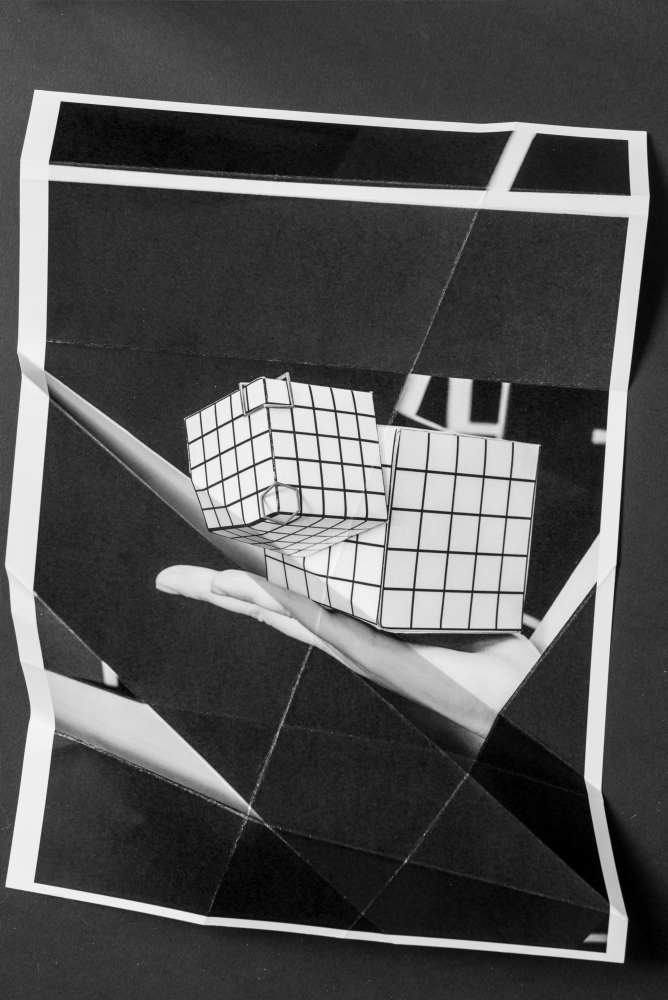
2/3 Ondrej Janu 2d3d jewellery, Prague, 2015

3/3 Ben Alper Untitled (Cinder Block Sculpture #2), North Carolina, 2014
Motohiro Takeda "Untitled"from the series "Mabataki - Blink", New York, 2015
David Goldes electro-graph series no. 37, (studio-minneapolis, Minnesota Us), 2015
Elina Ruka Revolving Sunset, Chicago, 2015

1/3 Motohiro Takeda "Untitled"from the series "Mabataki - Blink", New York, 2015

2/3 David Goldes electro-graph series no. 37, (studio-minneapolis, Minnesota Us), 2015

3/3 Elina Ruka Revolving Sunset, Chicago, 2015
Marta Wlusek Untitled (Concrete), 2015
Matthew Swarts Untitled, 2015, from the series: The Alternatives., 2015
Maja Wirkus Präsens II Praesens , Kassel, 2015
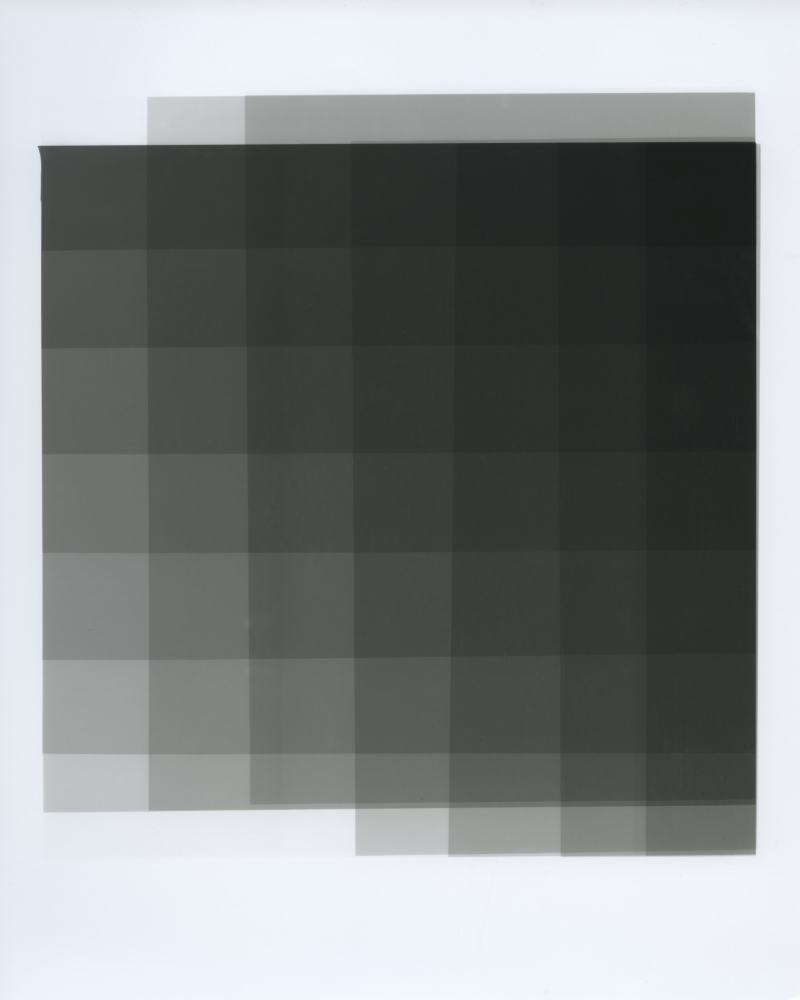
1/3 Marta Wlusek Untitled (Concrete), 2015

2/3 Matthew Swarts Untitled, 2015, from the series: The Alternatives., 2015

3/3 Maja Wirkus Präsens II Praesens , Kassel, 2015
Thomas Hauser The Stable and the Collapsed (Eden), Eden, Nc, 2015
Dimitri Dippolito Spartaco C. - Through the Memory, 2014

1/2 Thomas Hauser The Stable and the Collapsed (Eden), Eden, Nc, 2015

2/2 Dimitri Dippolito Spartaco C. - Through the Memory, 2014
Johanna Warwick Unidentified #01, Monuments to Strangers, Baton Rouge, La, 2014
Thomas Hauser The Wake of Dust (extract), France, 2015
Johanna Warwick Unidentified #02, Monuments to Strangers, Baton Rouge, La, 2013

1/3 Johanna Warwick Unidentified #01, Monuments to Strangers, Baton Rouge, La, 2014

2/3 Thomas Hauser The Wake of Dust (extract), France, 2015

3/3 Johanna Warwick Unidentified #02, Monuments to Strangers, Baton Rouge, La, 2013

Scott Hunter Blossom, Scotland, 2012
New Year’s (and in particular, New Year’s Eve) can easily be reduced to amateur hour—a set of expectations not to be bought into; a mess to be avoided. Nonetheless, I can’t help but feel energized by this time period recognized as transitional: the end of one thing, the beginning of another. There’s something to be said for taking a moment to reset; a moment in which to concretize new intentions and resolutions and to open oneself up to new potential. In the spirit of this notion, what a great moment to immerse oneself in a spate of images, free of context, freshly realized, thanks to the Guest Room here at Der Greif. And so, herewith, I’m delighted to partake in this New Year with New Images. Over the next three weeks, I’ll be posting a series images loosely organized along three thematic lines. Consider them as three propositions as to the wide range of possibilities open to image makers today. I arrived at these themes initially as a way of wrapping my head around the thousands of images in front of me. And especially once I started to winnow down this huge mass of pictures, these rough and admittedly unwieldy categories provided something like signposts to map a way forward – a means of navigation and of ordering.
The first thematic category I’ll call “The Transformational” – images that transform a thin slice of the real into something lyrical and magical. What better way to start the year?




